The program aims to bolster a native turtle population decimated by poaching and habitat loss.
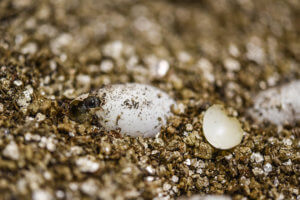
BALTIMORE, MD – The Maryland Zoo in Baltimore is raising wood turtles that, sometime in 2023, will be released into the forests of western Maryland.
Using a parent colony of five wood turtles, including four that were rescued from an illegal collector in New York state, the Maryland Zoo is raising six hatchlings in a biosecure area until they are large enough to be released in the wild. With great care, these hatchlings will eventually be released in the same western Maryland watershed where their parents were illegally taken.
The conservation effort, done in partnership with the Maryland Department of Natural Resources (DNR) and the Susquehannock Wildlife Society, aims to bolster the population of native wood turtles which has been decimated by habitat loss and poaching.
“Here at the Zoo, we’re helping the hatchlings learn how to do wild turtle things by providing a naturalistic environment and rugged, variable terrain to master, while minimizing human contact,” said Kevin Barrett, Curator of Reptiles and Amphibians at the Maryland Zoo.“This is critical to their viability once they’re released.”
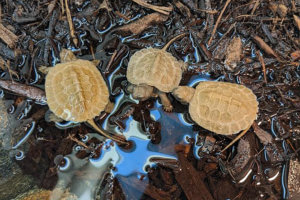
“Wood turtles are a species on the edge and we are taking conservation actions that aim to prevent its becoming endangered,” Maryland DNR Regional Biologist Scott Smith said. “In this case, we cannot safely release the illegally caught turtles back into the wild because of disease risk. By breeding them and releasing their ‘head start’ offspring, we can bolster their population, in a less risky manner, and not lose those genetic lineages.”
The young turtles weighed between six and nine grams when they hatched this past spring. They now weigh between nine and fifteen grams and will be released when they reach a more viable weight where they can better avoid predation and bear the weight of a tiny radio transmitter that the Zoo and DNR will use to track their territory and check up on them regularly in the coming years to ensure that they are thriving as well as their wild-hatched counterparts.
Wood turtles are slow to reproduce and have high hatchling mortality. In the wild, they exist in small, isolated populations. Removing just one turtle from its home territory could imperil an entire population. This combination of factors makes every breeding adult wood turtle precious.
“The wood turtle headstarting program depends on a persistent, comprehensive, and collaborative approach,” said Kirby Fowler, Maryland Zoo President & CEO. “Nothing demonstrates better the important partnership between the Maryland Zoo and DNR than the fact that, together, we have rescued these turtles, know which watershed they’re originally from, are raising new generations, and have a robust tracking system in the wild.”

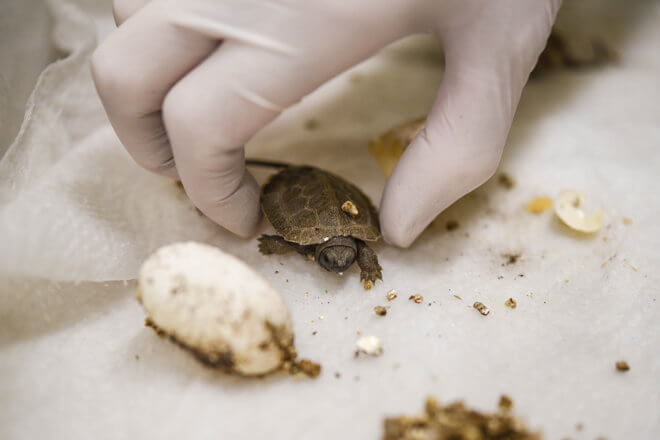
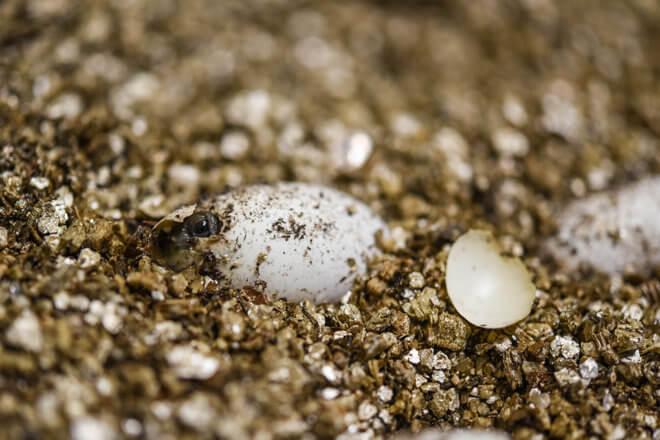

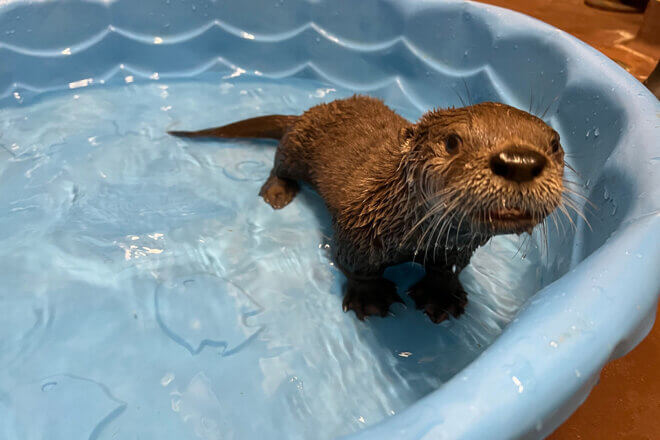
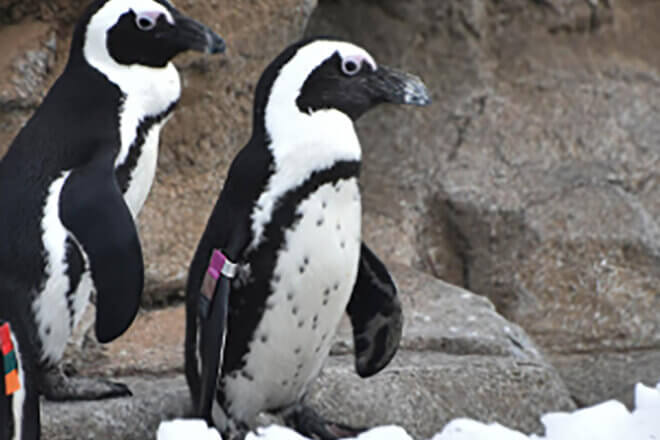
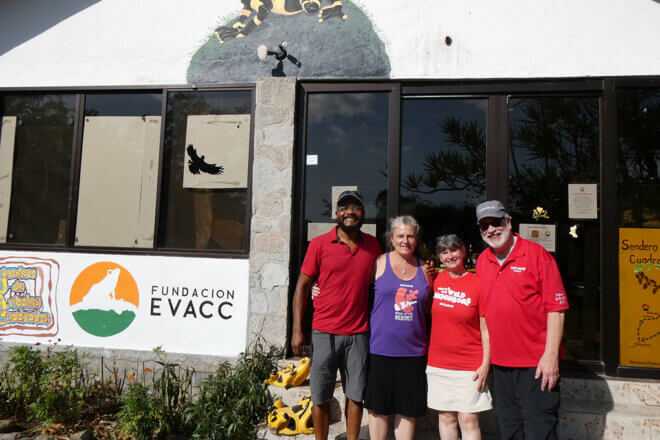

Share this article